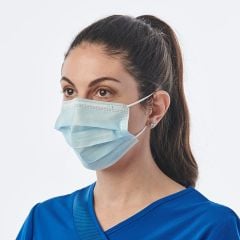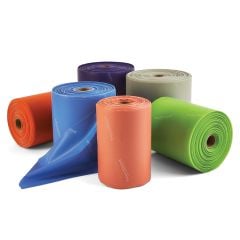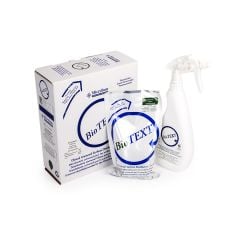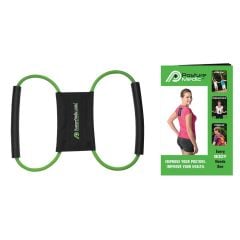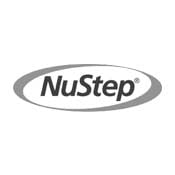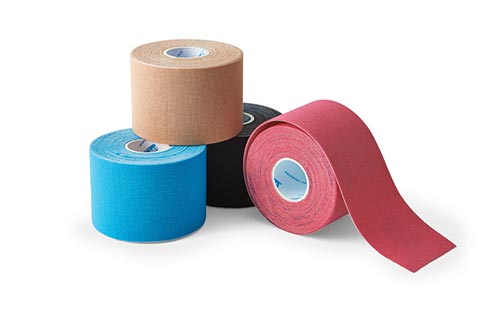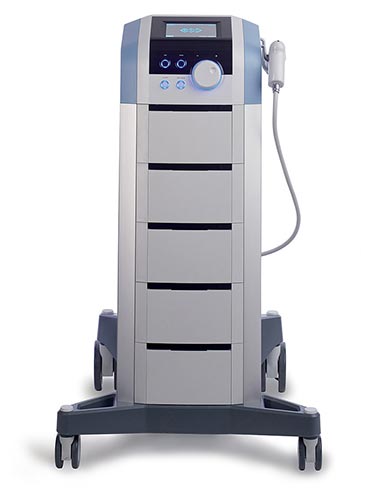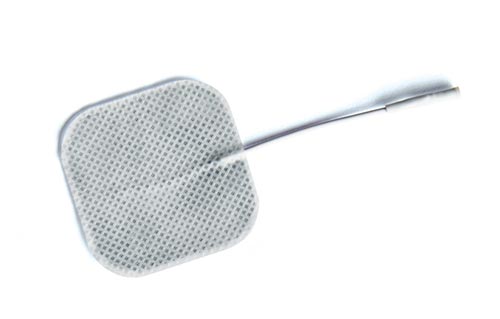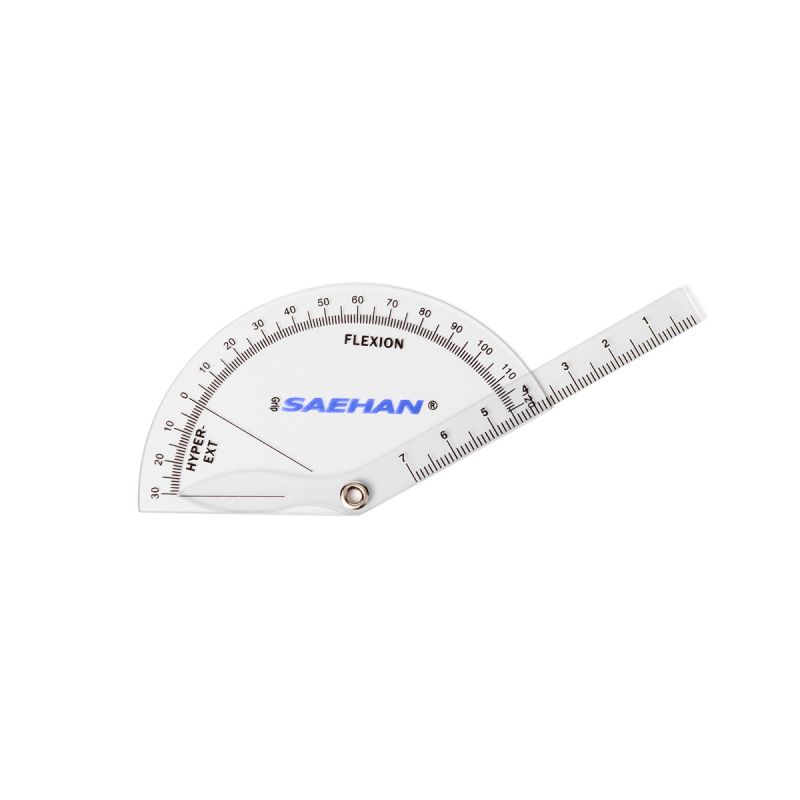Goniomètre de flexion-hyperextension des doigts
SKU: OC-30614
Prix spéciaux pour les professionnels de la santé sur la plupart des produits — connectez-vous
Obtenez des conseils d'experts
Description
The Flexible-Hyperextension Plastic Finger Goniometer is a professional tool designed for precise evaluation of finger mobility and joint function. Commonly used in physiotherapy, occupational therapy, hand therapy, and rehabilitation clinics, this goniometer provides reliable measurements of the MCP, PIP, and DIP joints without the need to reposition the proximal base. Its clear plastic design ensures full visibility of the extremity during assessment, supporting accurate and efficient patient evaluation.
Engineered for durability and accuracy, this goniometer measures from 30° hyperextension to 120° flexion and uses the ISOM (International Standards of Measurement, STFR) system for standardized results. The linear scale in inches and centimeters allows for easy dual-unit readings, while the 1° angle increments ensure precision in tracking progress.
Key Features
Measures MCP, PIP, and DIP joints in one position
Range: 30° hyperextension to 120° flexion
Transparent plastic for clear view of extremity
ISOM-calibrated for standardized clinical use
Linear scale in both inches and centimeters
Angle scale with 1° increments for high accuracy
Durable, lightweight, and easy to clean
Arm remains at measurement position until reset
Specifications
Material: Clear, durable plastic
Measurement Range: 30° hyperextension through 120° flexion
Scales:
Angular: 1° increments (ISOM calibrated)
Linear: Inches and centimeters
Applications: Physiotherapy, occupational therapy, hand therapy, rehabilitation, orthopedic assessments
Clinical Applications
This finger goniometer is ideal for therapists and clinicians who need to:
Measure range of motion (ROM) in finger joints
Track rehabilitation progress after injury or surgery
Evaluate conditions such as arthritis, tendon injuries, or fractures
Document standardized measurements for patient records

